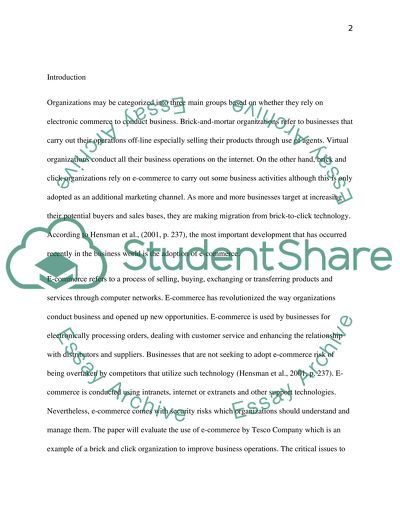Cite this document
(“EVALUATING USE OF E-COMMERCE IN A BRICK AND CLICK ORGANIZATION THAT Essay”, n.d.)
Retrieved from https://studentshare.org/e-commerce/1455424-evaluating-the-use-of-e-commerce-in-a-brick-and
Retrieved from https://studentshare.org/e-commerce/1455424-evaluating-the-use-of-e-commerce-in-a-brick-and
(EVALUATING USE OF E-COMMERCE IN A BRICK AND CLICK ORGANIZATION THAT Essay)
https://studentshare.org/e-commerce/1455424-evaluating-the-use-of-e-commerce-in-a-brick-and.
https://studentshare.org/e-commerce/1455424-evaluating-the-use-of-e-commerce-in-a-brick-and.
“EVALUATING USE OF E-COMMERCE IN A BRICK AND CLICK ORGANIZATION THAT Essay”, n.d. https://studentshare.org/e-commerce/1455424-evaluating-the-use-of-e-commerce-in-a-brick-and.


